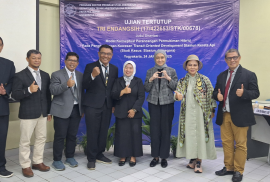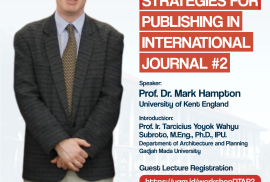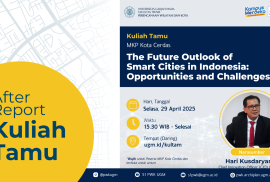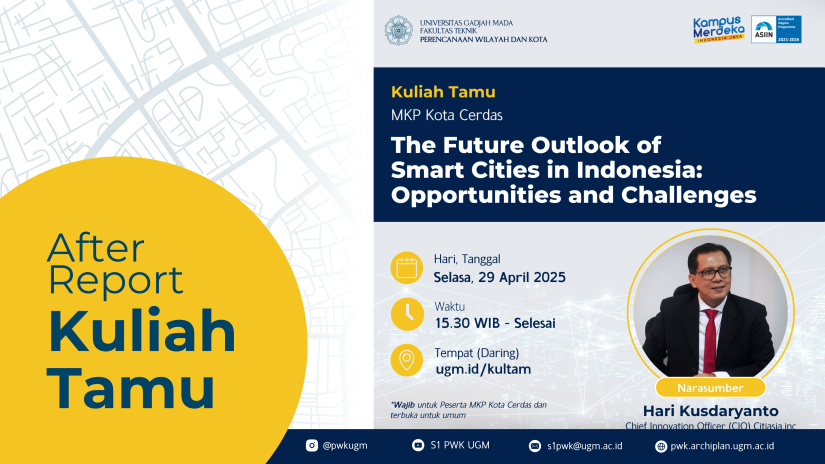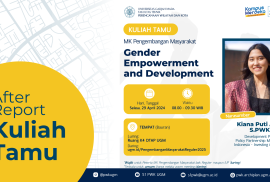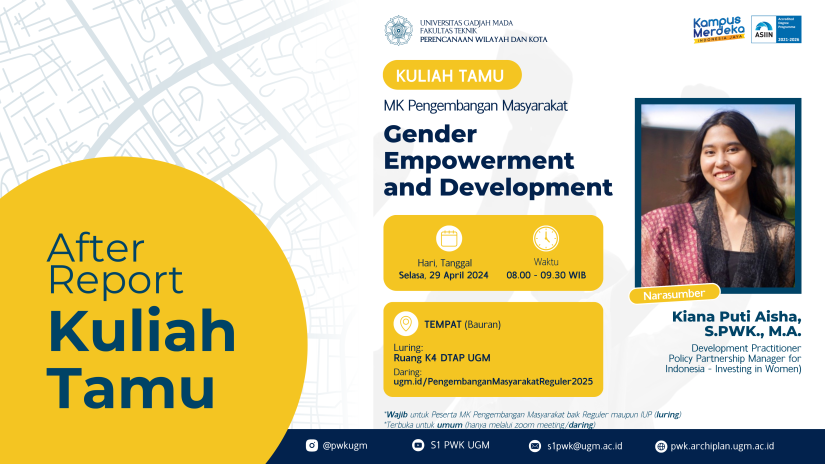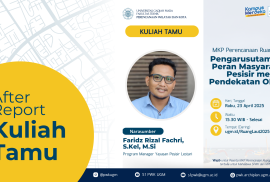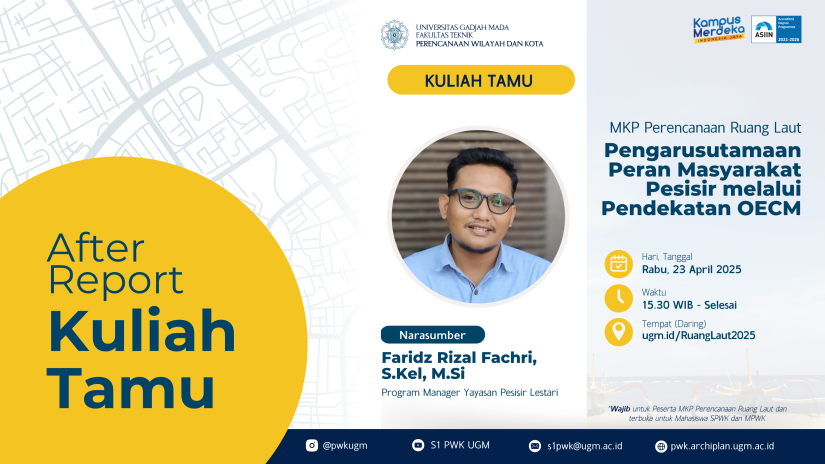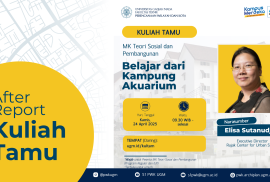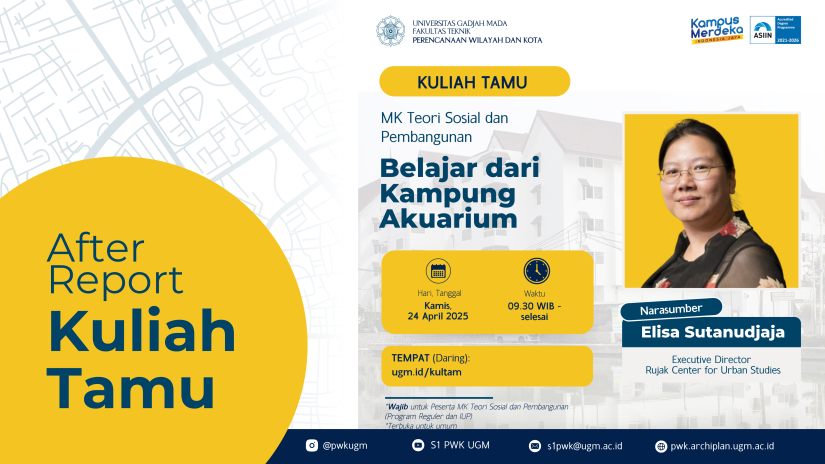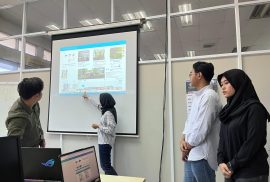On January 24, 2025, the Doctoral Program in Architecture at the Department of Architecture and Planning, Faculty of Engineering, Universitas Gadjah Mada held a Closed Doctoral Defense for Ph.D. candidate Tri Endangsih. Her dissertation is titled “A Conceptual Design Model of Hybrid Housing in Transit-Oriented Development Area of Railway Stations (Case Study: Jatinegara Station).”
The urgency of this research lies in the importance of developing innovative urban spaces in high-density areas. A conceptual model of hybrid housing in such areas offers an alternative solution to improve the performance of mixed-use residential environments (residential, commercial, and public facilities) where diverse functions and resident strata can coexist. In the context of urban planning, hybridity connects people and activities across multiple high-mobility zones by emphasizing corridors and linking areas to form an integrated and complex urban space. This research aims to develop a conceptual model of hybrid housing in the development of the Jatinegara Station Transit-Oriented Development (TOD) area using the hybrid architecture approach to optimize the use of urban land.

